While preparing for his anatomy practical exam, KCU-Joplin second-year osteopathic medical student, Parker Adams, searched online for videos and resources to help him better understand structures of the body. Frustrated by a dearth of quality, detailed anatomy videos, Adams decided to create his own.
Adams shared his idea with Dr. Jennifer Dennis, KCU-Joplin Associate Professor of Anatomy, and she encouraged him to pursue the project. She recommended he apply for the Mamie L. Johnston Creative Medical Art in Teaching Award, which enabled him purchase lights, audio equipment and tripods.
Next, he enlisted the help of classmates Colin Farritor and Gregory Motzkus. Farritor managed the technical aspects of the project, including equipment setup and video filming. Motzkus, who has an undergraduate degree in anatomy and previously served as an anatomy assistant, helped with the content of the videos. Together, the three students created more than 30 anatomy education videos.
Dr. Dennis and the students met regularly to discuss the topics that the first-year students were learning about in the lab, and how the videos could support their learning objectives. “What is great about this project is that it was student-led. These students carved out time to create numerous videos for our incoming students,” said Dr. Dennis. “Parker took a lead role in the project and gave great direction for creating student-focused content. The Gross Anatomy lab can be overwhelming for any student, but he identified hints, tips and tricks for doing their best in learning anatomical relationships. These suggestions foster a better learning environment for all students, regardless of their previous dissection experiences.”
The first video they made was an introduction to dissection in an anatomy lab. The topics covered included determining which tools to use, dissecting tissues carefully and avoiding certain structures during dissection. Subsequent videos covered a variety of structures including the heart and skull. “My goal was to lay the groundwork so that in the future, we could build a full portfolio of quality videos. Ideally, we’d have a folder for each system we go through, and the videos would cover in full each structure in the list,” said Adams.
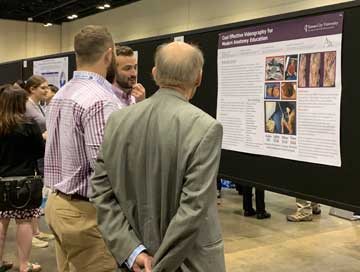 This spring, Adams had the opportunity to present the project during the KCU Research Symposium, the American Association of Anatomy (AAA) meeting at Experimental Biology in Orlando, Fla., and the Midwest Annual Osteopathic Convention (MOAC) in Branson, Mo. At the AAA meeting, Dr. Dennis and Adams presented a poster about the project titled, “Cost-Effective Videography for Modern Anatomy Education.”
This spring, Adams had the opportunity to present the project during the KCU Research Symposium, the American Association of Anatomy (AAA) meeting at Experimental Biology in Orlando, Fla., and the Midwest Annual Osteopathic Convention (MOAC) in Branson, Mo. At the AAA meeting, Dr. Dennis and Adams presented a poster about the project titled, “Cost-Effective Videography for Modern Anatomy Education.”
“It was a lot of fun. I don’t have a lot of experience presenting posters, which is the reason why I was pushing to do it. It was fun to talk to people who were interested in this project,” said Adams. “Everyone was really interested and gave me great feedback. I talked with a dean of another school who was thinking about integrating videos. I also talked with a couple of graphic designers and a videographer; they gave feedback such as which lights to get to make the videos better.”
At the MOAC, Adams gave a fifteen-minute platform presentation to physicians about the project, sharing ideas about how the video approach could be useful in their practices. “To make my presentation more relevant for physicians, I connected the project to low-cost videography in a clinic. Doctors could create short, three-minute videos talking about their specific processes. As a patient I think it would be cool to get a video of your doctor talking to you,” said Adams. “They can dive in more. For instance, they could say, if you’re googling treatments, you may see this and that, but I prefer this approach for this reason. It could help them explain their reasoning more in-depth than they could during a visit.”
This summer, Adams, Farritor and Motzkus will begin their clinical rotations, so the incoming anatomy fellows will manage the video project moving forward. “It was an immense pleasure to work with all of the students on this project. I was able to learn more about them and their professional goals. I learned more about what it feels like to be a medical student, which has been invaluable for me in how I approach teaching in the classroom and the anatomy lab,” said Dr. Dennis. “At this point, they are moving on to rotations and I will sincerely miss working with them. That said, they are excellent students and will be exceptional as they move into clinical settings. I am very proud of them and thankful to have worked with them.”
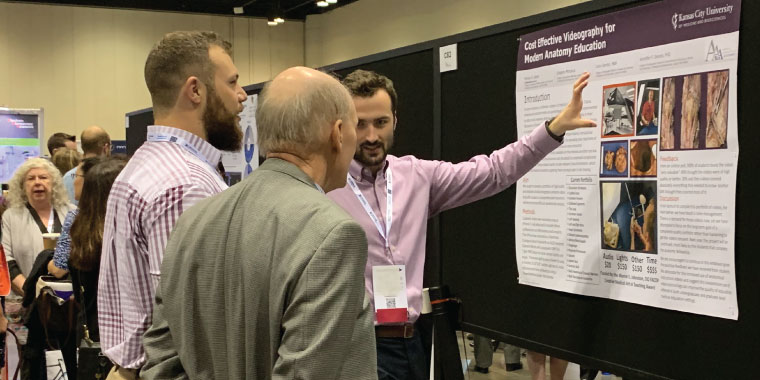
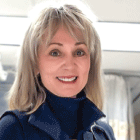
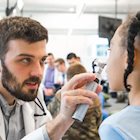
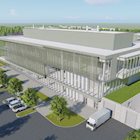
(0) Comments